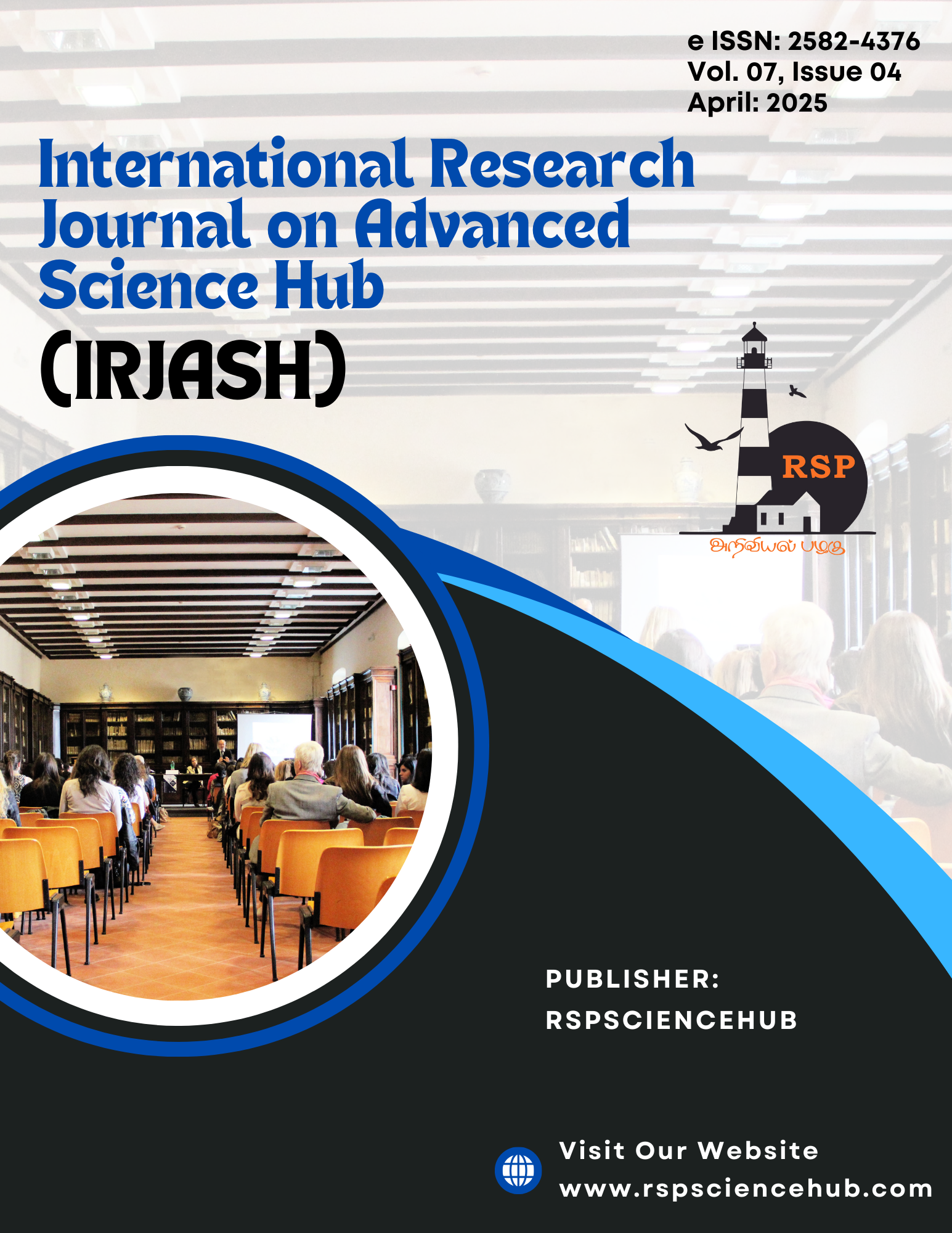Gynaecological Disease Detection: A Machine Learning Algorithm and Natural Language Processing Approach
DOI:
https://doi.org/10.47392/IRJASH.2025.039Keywords:
Preliminary Diagnosis of Gynecological diseases, Supervised learning, Decision trees, Logistic models, gradient boostingAbstract
As demonstrated in this project, the GDDES is improved through the application of machine learning as well as natural language processing to diagnose the common gynecological diseases that include Urinary Tract Infection (UTI) as well as Polycystic Ovary Syndrome (PCOS). The constructiveness of the current structure employs traditional probabilistic schemes including the Decision Tree, Random Forest Classifier, SVC, Naïve Bayes, and the K-Nearest Neighbor to classify. The performance and diagnostic capability increases with the help of algorithms such as Logistic Regression and Gradient Boosting Models in the proposed system. As such, it leans on the power of the NLP algorithm to scour through the patient records and symptoms for a completely automated diagnosis. The above approach is meant to enhance precision in detection or diagnosis processes as well as the amount of time needed for such diagnosis so as to develop a tool that can be regarded as reliable in the profession.
Downloads
Published
Issue
Section
License

This work is licensed under a Creative Commons Attribution-NonCommercial 4.0 International License.





